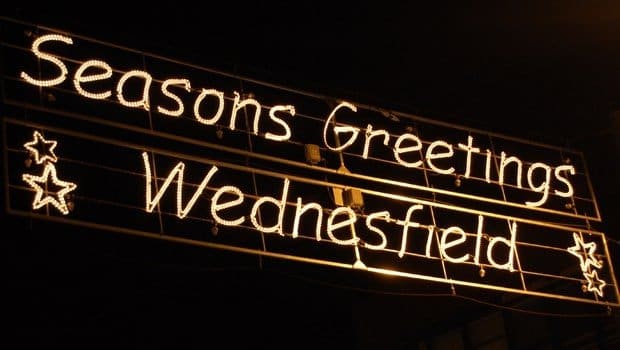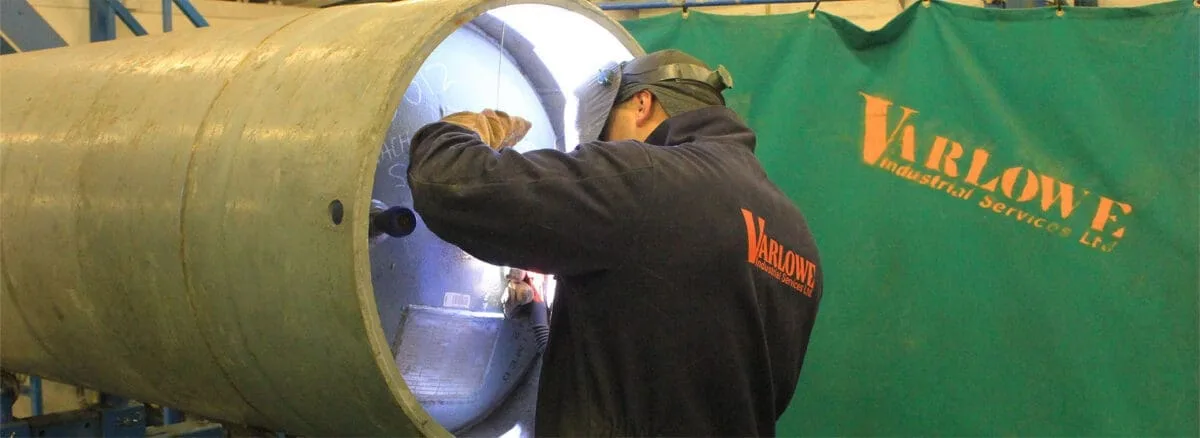Exhibiting at the Industry’s First Virtual Expo
Many exhibition organisers were forced to cancel their events due to the global Covid-19 crisis, however, Made in Group were determined to keep the industry connected and came up with an alternative. Originally scheduled to be held at Coventry’s Ricoh Arena, this event has now been transformed into a first of its kind virtual exhibition, which Varlowe Industrial Services will be exhibiting at.
Backing Britain Live 2020 is a two week business festival run by the Made in Group. Launched in 2009, Made in Group is a private manufacturing network for the UK, which now contains 600 UK manufacturers ranging from the likes of Jaguar Land Rover, Liberty, Atlas Copco, Moog, Mazak, Siemens, Fanuc, etc.
This groundbreaking event will include keynote speeches from industry leaders such as CEO of Gardner Aerospace Dominic Cartwright and CCO of Brompton Bicycle Stephen Loftus, alongside networking areas and over 150 manufacturing exhibitors. The group’s aim is to promote, inspire and share best practice within UK manufacturing.
Chief Executive of the Made in Group, Jason Pitt, has said: “Made in exhibitions are significant events that many members and visitors look forward to, but like many aspects of our way of life, we have had to make considerable adjustments. We are an innovative organisation when it comes to technology. We do more than many realise. As a business, we have developed a digital platform that allows members to create their own social media microsite, upload news, attend virtual webinars and soon to include virtual mastermind groups, question-and-answer sessions and panel discussions.”
Varlowe Industrial Services is a team of engineers, technicians, and operatives specialising in industrial engineering. With technological innovation being something that we value most, Varlowe Industrial Services are extremely proud to be taking part in this event.
A spokesperson for Varlowe Industrial Services (Steve Varden – Contracts Manager) has said: “We place a lot of value on building relationships and networking with like minded businesses throughout the sector, therefore, we were delighted to see that Made had came up with an alternative event to keep the UK connected.”
The footfall target set by Made in the Midlands for this event is 5,000 delegates and they have made it so manufacturing companies are able to get a free ticket. We’d love to virtually connect with you on the day and have as many of our customers and supply chain as possible involved in this, click the following link to book your place and discover more: https://www.eventbrite.co.uk/e/backing-britain-live-2020-tickets-101480914146?aff=VarloweIndustrialServices




